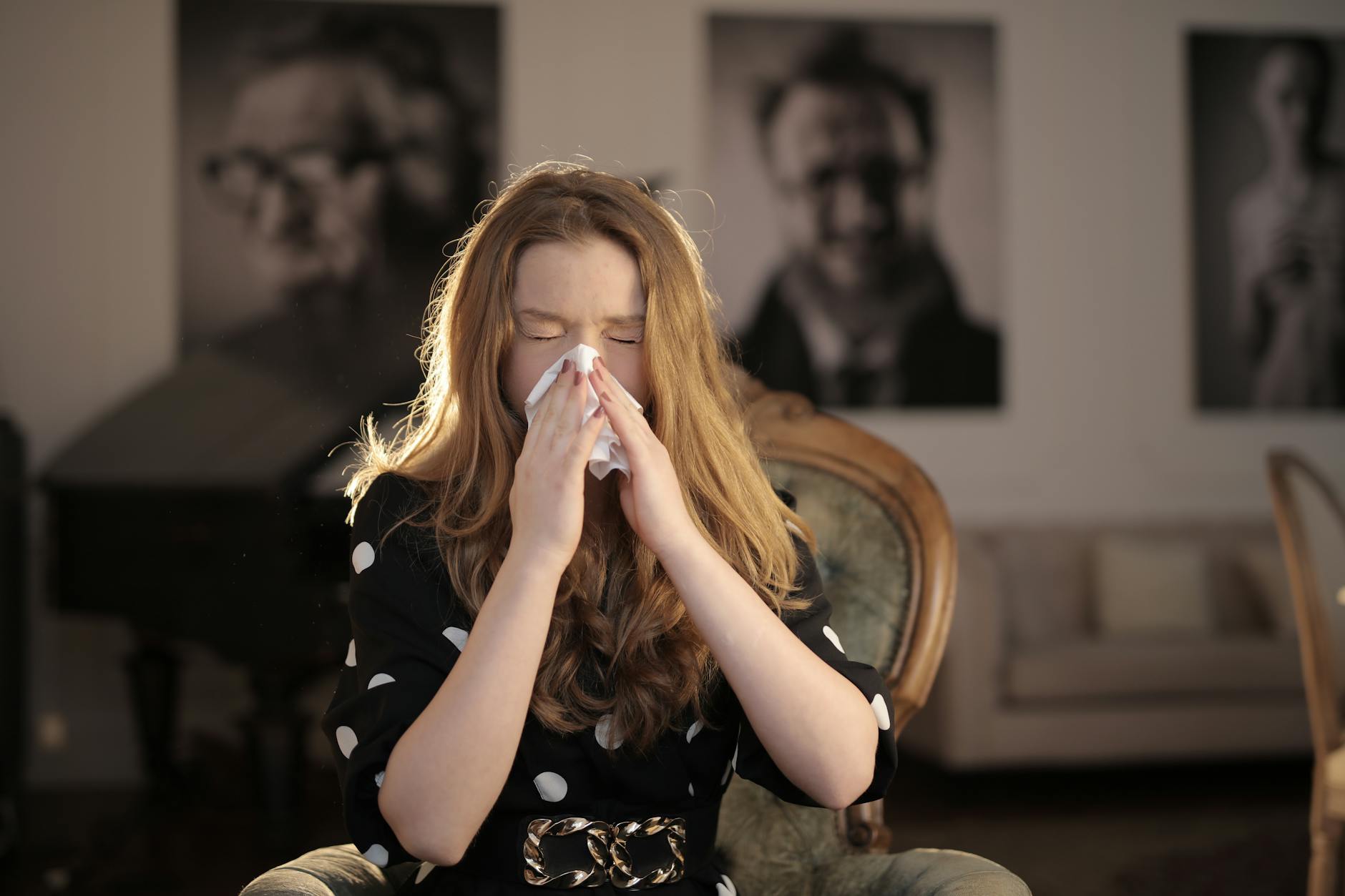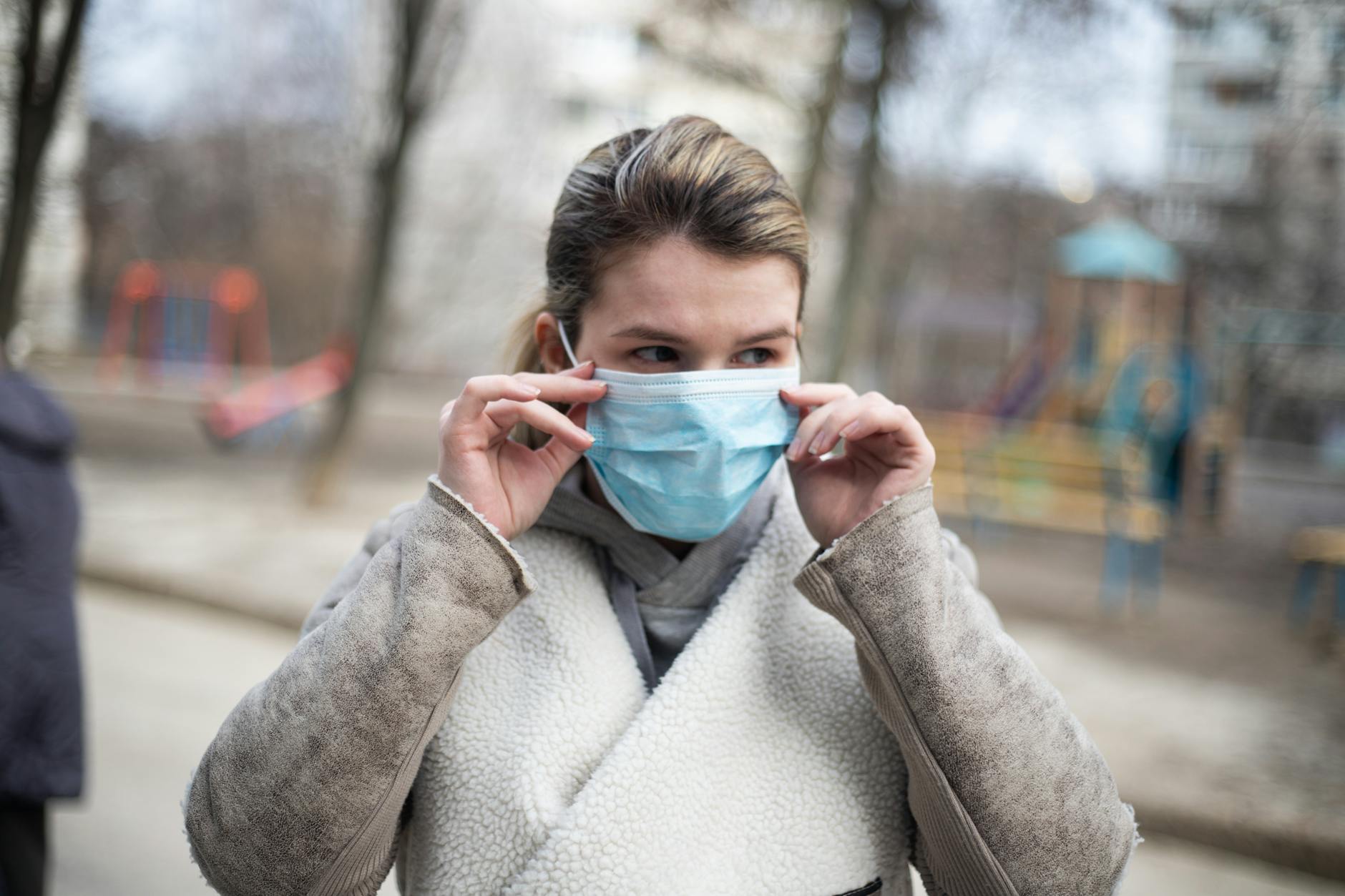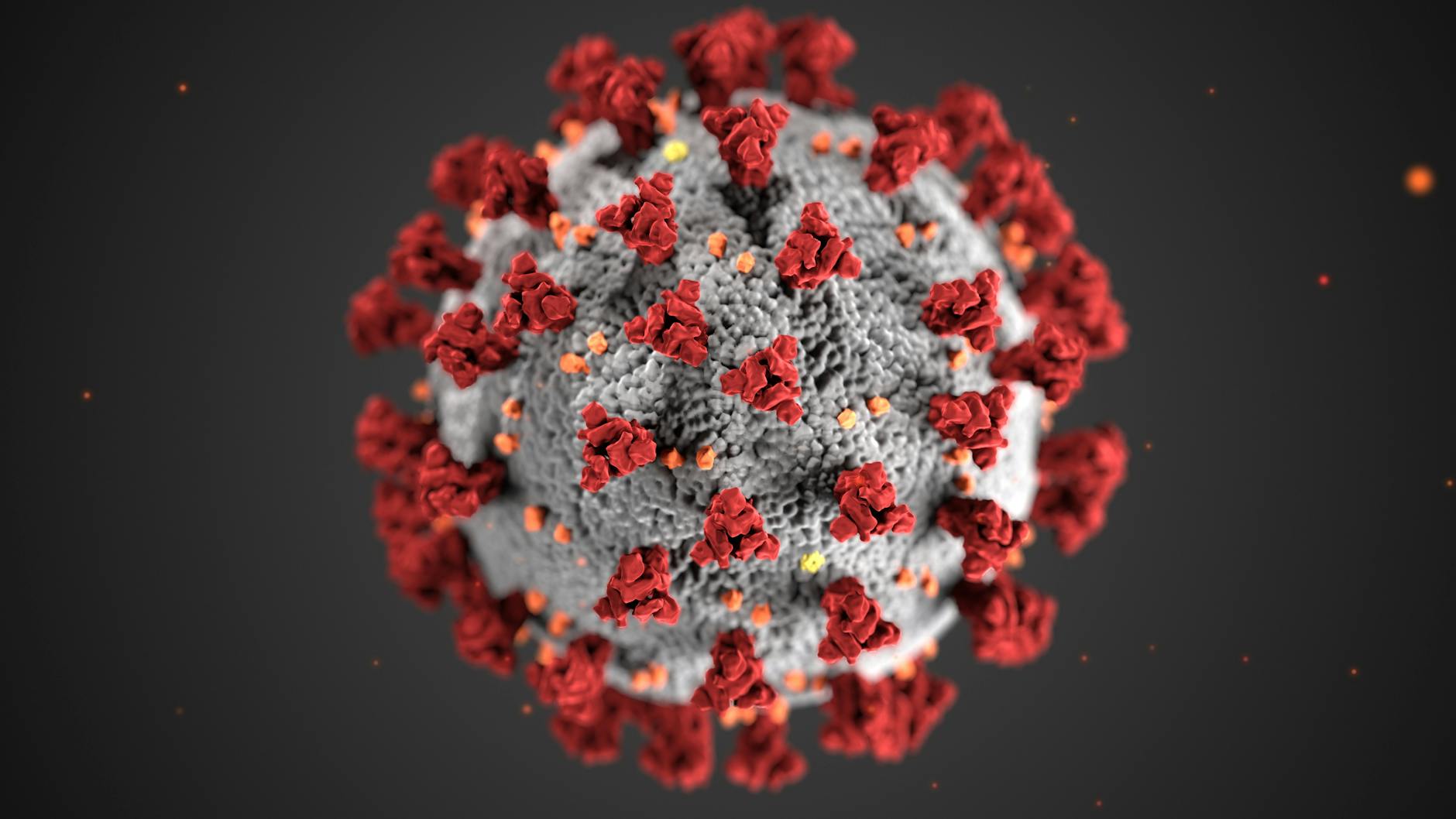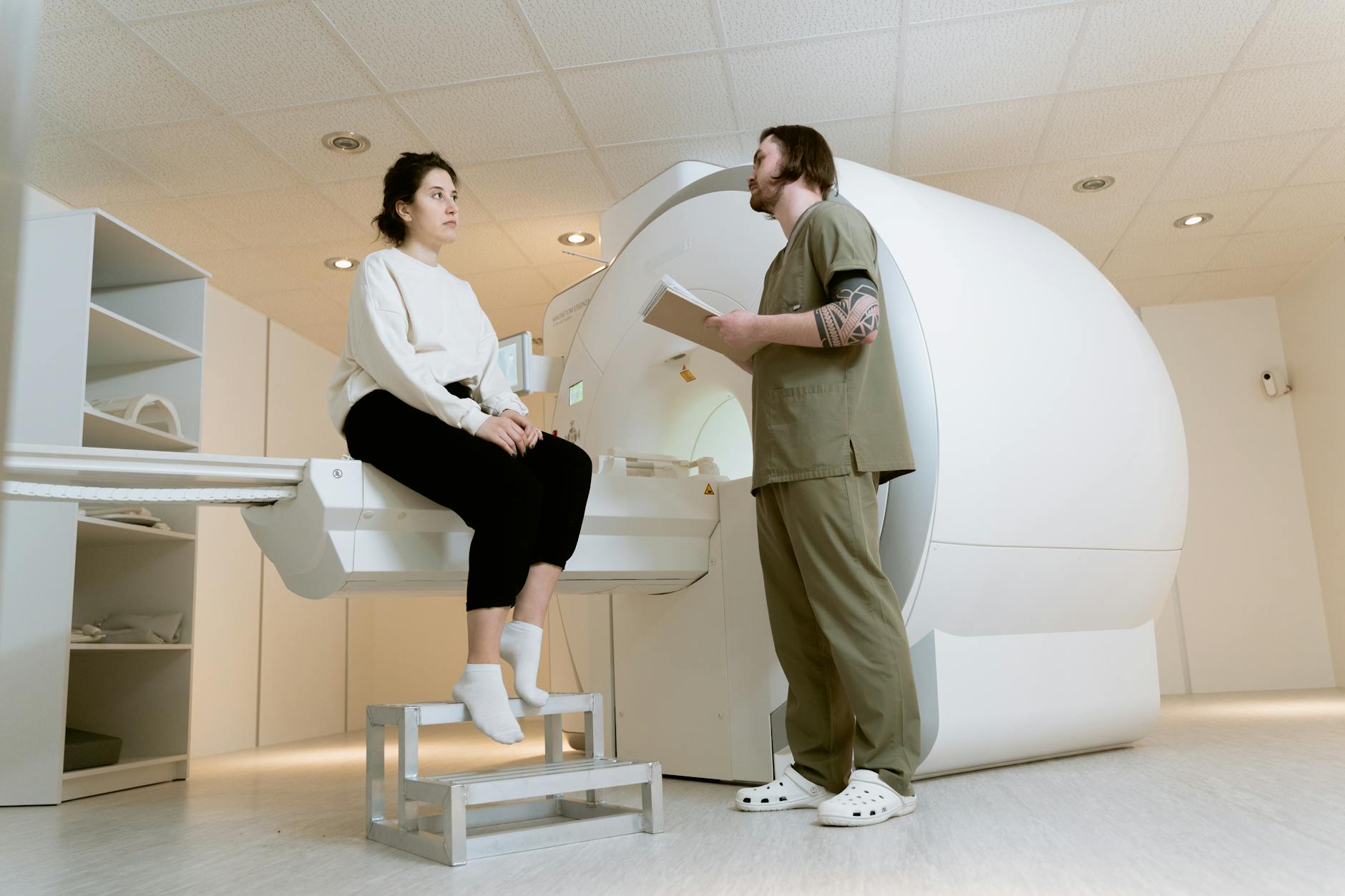Achoo! 🤧 That sneeze might be more than just a tickle in your nose. As the seasons change and germs spread, you might find yourself wondering: Is it just a common cold, or something more serious?
We’ve all been there – sniffling, coughing, and feeling under the weather. While the common cold is usually harmless, it can sometimes be tricky to distinguish from other respiratory illnesses. With over 200 different viruses capable of causing a cold, it’s no wonder you might feel confused about when to tough it out at home and when to seek medical attention.
In this post, we’ll guide you through understanding the common cold, its symptoms, and treatment options. You’ll learn how to differentiate a cold from other respiratory conditions like the flu or COVID-19. Most importantly, we’ll help you recognize when it’s time to put down the tissue box and pick up the phone to call your doctor. So, let’s dive in and clear up the confusion about that pesky cold!
Understanding the Common Cold

A. Definition and causes
The common cold is a contagious upper respiratory infection that primarily affects your nose and throat. While you might blame the chilly weather for your sniffles, it’s actually various viruses, particularly rhinoviruses, that cause this widespread illness. You’re likely to experience two to three colds annually as an adult, but if you have young children, they may catch colds more frequently.
B. Stages of a cold
Your cold typically progresses through three distinct stages:
Early stage (Days 1-3):
- Sore throat
- Nasal congestion
Active stage (Days 4-7):
- Peak symptoms
- Possible body aches and fever
Late stage (Days 8-10):
- Symptoms begin to subside
- Persistent cough may linger
C. Common symptoms
You’ll typically notice symptoms within one to three days after exposure to the virus. Here’s a table of common symptoms you might experience:
| Symptom | Description |
|---|---|
| Runny or stuffy nose | Nasal congestion or discharge |
| Sore throat | Scratchy or painful sensation when swallowing |
| Cough | Mild to moderate |
| Sneezing | Frequent episodes |
| Mild body aches | General discomfort |
| Low-grade fever | Slight elevation in body temperature |
| General unwellness | Feeling under the weather |
Most of the time, you’ll recover from a cold within 7 to 10 days. However, if you’re a smoker, you might experience prolonged symptoms. It’s important to note that while these symptoms are typical, they can vary in severity from person to person.
Now that you understand what a common cold is, its stages, and symptoms, it’s crucial to know how to differentiate it from other illnesses. In the next section, “Diagnosing a Cold,” we’ll explore how healthcare providers determine whether your symptoms indicate a common cold or potentially something more serious.
Diagnosing a Cold

Now that we’ve covered the basics of understanding the common cold, let’s delve into how it’s diagnosed. Identifying a cold accurately is crucial for proper treatment and knowing when to seek medical attention.
Healthcare provider assessment
When you visit your healthcare provider with cold-like symptoms, they’ll start by asking about your medical history and current symptoms. You’ll be asked to describe when your symptoms began, their severity, and any other relevant information. This assessment helps your provider get a clear picture of your condition and rule out other potential illnesses.
Physical examination
After the initial assessment, your healthcare provider will conduct a physical examination. This typically includes:
- Checking your temperature
- Examining your throat and nasal passages
- Listening to your lungs with a stethoscope
- Checking for swollen lymph nodes
These steps help your provider gather more information about your condition and identify any potential complications.
Differentiating from flu and COVID-19
One of the most challenging aspects of diagnosing a cold is distinguishing it from other respiratory illnesses, particularly the flu and COVID-19. Here’s a comparison of some key symptoms:
| Symptom | Common Cold | Flu | COVID-19 |
|---|---|---|---|
| Fever | Rare | Common (100-104°F) | Common |
| Onset | Gradual | Sudden | 2-5 days after exposure |
| Body aches | Mild | Common and often severe | Can occur |
| Cough | Mild to moderate | Common, can be severe | Common |
| Loss of taste/smell | Rare | Rare | Common |
Your healthcare provider may recommend testing to differentiate between these illnesses, especially if you’re experiencing severe symptoms or are at high risk for complications. Remember, you can have both COVID-19 and the flu simultaneously, so accurate diagnosis is crucial.
With this understanding of how colds are diagnosed, next, we’ll explore the various treatment options available to help you manage your symptoms and recover more quickly.
Treatment Options

Now that we’ve covered how to diagnose a cold, let’s explore the various treatment options available to help you manage your symptoms and recover more comfortably.
A. Over-the-counter medications
While there’s no cure for the common cold, several over-the-counter medications can help alleviate your symptoms:
- Pain relievers: Acetaminophen or ibuprofen can help reduce fever and relieve aches.
- Cold and cough medications: These may ease symptoms for adults and children over 5 years old.
- Throat lozenges: Provide temporary relief for sore throats (not recommended for children under 6).
Note: Always consult a healthcare professional before giving any medications to young children.
B. Self-care strategies
You can employ various self-care methods to manage your cold symptoms effectively:
Stay hydrated with:
- Water
- Juice
- Warm lemon water
- Hot tea
- Chicken soup
Rest: Give your body time to recover and fight off the virus.
Use a cool-mist vaporizer to add moisture to the air and relieve stuffiness.
Try saltwater gargles for sore throat relief.
Blow your nose regularly and correctly to clear nasal passages.
Take hot showers or use steam inhalation to ease congestion.
Apply hot or cold packs around your sinuses for comfort.
Sleep with an elevated head to help drain congestion.
| Remedy | Benefits |
|---|---|
| Honey | Soothes coughs (for individuals over 1 year old) |
| Saline nasal drops | Relieves nasal congestion, especially useful for infants |
| Vitamin C | May shorten cold duration if taken before symptoms appear |
C. Special considerations for infants and children
When treating colds in infants and children, keep these points in mind:
- Avoid giving aspirin to children and teenagers due to the risk of Reye’s syndrome.
- Use saline nasal drops to relieve congestion in infants.
- Consult a healthcare professional before administering cold and cough medications to young children.
- Ensure proper hydration and rest for your child.
- Monitor symptoms closely and seek medical attention if they worsen or persist.
With these treatment options in mind, next, we’ll explore prevention strategies to help you avoid catching a cold in the first place. Remember, while these remedies can provide relief, maintaining good hygiene practices is crucial in preventing the spread of cold viruses.
Prevention Strategies

Now that we’ve covered treatment options for the common cold, let’s focus on prevention strategies to help you avoid catching a cold in the first place.
A. Hand hygiene
Maintaining proper hand hygiene is crucial in preventing the spread of cold viruses. You should:
- Wash your hands thoroughly with soap and water for at least 20 seconds
- Use hand sanitizer containing at least 60% alcohol when soap is unavailable
- Avoid touching your face, especially your eyes, nose, and mouth
Remember, approximately 80% of infectious diseases are transmitted through touch, so keeping your hands clean is your first line of defense.
B. Avoiding face touching
Your face is a prime entry point for cold viruses. To minimize risk:
- Be conscious of your hand movements
- Use tissues to wipe your nose or eyes
- Cover sneezes and coughs with your elbow or a tissue, not your hands
C. Surface cleaning
Regular disinfection of commonly touched surfaces can significantly reduce the spread of cold viruses:
- Use disinfectant wipes or a homemade bleach solution
- Focus on high-touch areas like doorknobs, toys, and electronic devices
- Consider using disposable items when someone in your household is sick
| Surface Type | Cleaning Frequency |
|---|---|
| Doorknobs | Daily |
| Toys | After each use |
| Electronics | Daily |
| Kitchen | After meal prep |
D. Boosting immune system
While evidence is inconclusive, maintaining a healthy lifestyle may support your immune system:
- Eat a balanced diet rich in fruits and vegetables
- Get adequate sleep (7-9 hours for adults)
- Manage stress through relaxation techniques or exercise
- Stay hydrated by drinking plenty of water
It’s important to note that despite your best efforts, completely preventing colds is challenging. You can be contagious before showing symptoms, making prevention tricky. Don’t feel inadequate if you do catch a cold; instead, focus on managing your symptoms and preventing further spread.
With these prevention strategies in mind, it’s also crucial to know when your cold symptoms might indicate a more serious condition. Next, we’ll explore when you should consider seeing a doctor for your cold symptoms.
When to See a Doctor

Now that we’ve covered prevention strategies, let’s explore when it’s necessary to seek medical attention for what might seem like a common cold.
A. Persistent or worsening symptoms
While most colds can be managed at home, certain symptoms warrant a visit to your doctor. You should consider seeking medical attention if:
- Your symptoms persist beyond 7-10 days
- You experience a high fever over 100.5°F (38°C) that doesn’t respond to medication
- You develop new or unusual symptoms, such as severe chest pain or dizziness
Keep track of your symptoms and how they change over time. What starts as a viral infection can sometimes lead to secondary illnesses that require professional care.
B. High-risk groups
Some individuals are more susceptible to complications from a common cold and should be particularly vigilant. You fall into a high-risk group if you are:
- An infant or young child
- An older adult
- Immunocompromised
- Living with chronic respiratory conditions like COPD or asthma
If you’re in one of these categories, it’s crucial to monitor your symptoms closely and consult with a healthcare provider promptly if your condition worsens.
C. Potential complications
A cold can sometimes evolve into more serious conditions. Be aware of these potential complications:
| Complication | Symptoms to watch for |
|---|---|
| Sinus infection | Unresolved congestion, persistent headache |
| Pneumonia | Difficulty breathing, chest pain |
| Superimposed bacterial infection | Symptoms worsening after initial improvement |
Other red flags that indicate you should see a doctor include:
- Difficulty breathing or bluish lips
- Severe pain while swallowing
- Persistent vomiting (beyond 24 hours)
- Severe abdominal pain, especially in children
Remember, while telehealth options have become more accessible, establishing a relationship with a primary care physician can enhance the effectiveness of virtual consultations. This can be particularly helpful in managing mild symptoms and determining whether an in-person visit is necessary.
With this understanding of when to seek medical attention, next, we’ll explore how to differentiate between a common cold and other respiratory illnesses, which can sometimes present with similar symptoms.
Comparing Cold to Other Respiratory Illnesses

Now that we’ve covered when to see a doctor for a cold, let’s compare the common cold to other respiratory illnesses to help you better understand the differences and make informed decisions about your health.
Differences in symptoms
When you’re feeling under the weather, it can be challenging to determine if you’re dealing with a common cold or something more serious. Here’s how the symptoms of a cold compare to other respiratory illnesses:
| Symptom | Common Cold | Flu | COVID-19 | Allergies |
|---|---|---|---|---|
| Fever | Rare | Common, high (100-104°F) | Common | No |
| Cough | Mild to moderate | Common, can be severe | Common | Sometimes |
| Runny/stuffy nose | Common | Sometimes | Common | Common |
| Body aches | Mild | Common, often severe | Can occur | No |
| Fatigue | Mild | Common, can be severe | Common | Sometimes |
| Loss of taste/smell | Rare | Rare | Common | No |
| Onset of symptoms | Gradual | Sudden | Gradual | Varies |
Severity comparison
Your cold symptoms are typically milder compared to other respiratory illnesses:
- Common cold: Generally mild and self-limiting, affecting mainly the upper respiratory tract.
- Flu: More severe than a cold, with systemic symptoms like high fever and body aches.
- COVID-19: Can range from mild to severe, potentially leading to complications like organ damage and blood clots.
- Allergies: Non-contagious and triggered by environmental factors, usually milder than viral infections.
Duration of illness
The length of your illness can also help you distinguish between different respiratory conditions:
- Common cold: Usually lasts 7-10 days
- Flu: Symptoms typically persist for 5-7 days, but fatigue may last longer
- COVID-19: Can last from a few days to several weeks, depending on severity
- Allergies: Ongoing as long as you’re exposed to triggers
Remember, while you can often manage cold symptoms at home, it’s crucial to seek medical attention if you experience severe symptoms, especially those associated with COVID-19, such as persistent chest pain, confusion, or difficulty breathing. Additionally, if you’re in a high-risk group, consult your doctor about antiviral treatments for flu-like symptoms.
To protect yourself and others, maintain good hygiene practices like frequent hand-washing, and consider getting vaccinated against both flu and COVID-19. These preventive measures can help reduce your risk of contracting and spreading respiratory illnesses.

Understanding the common cold is essential for managing your health effectively. While it’s typically a mild illness caused by various viruses, knowing when to seek medical attention can make a significant difference in your recovery and overall well-being.
Remember, prevention is key. Practice good hygiene habits like regular hand washing and avoiding close contact with infected individuals. If you do catch a cold, focus on rest and symptom management. However, don’t hesitate to consult a doctor if your symptoms worsen or persist beyond the usual 7-10 day period, especially if you’re in a high-risk group. By staying informed and attentive to your body’s signals, you can navigate cold season with confidence and maintain your health throughout the year.


